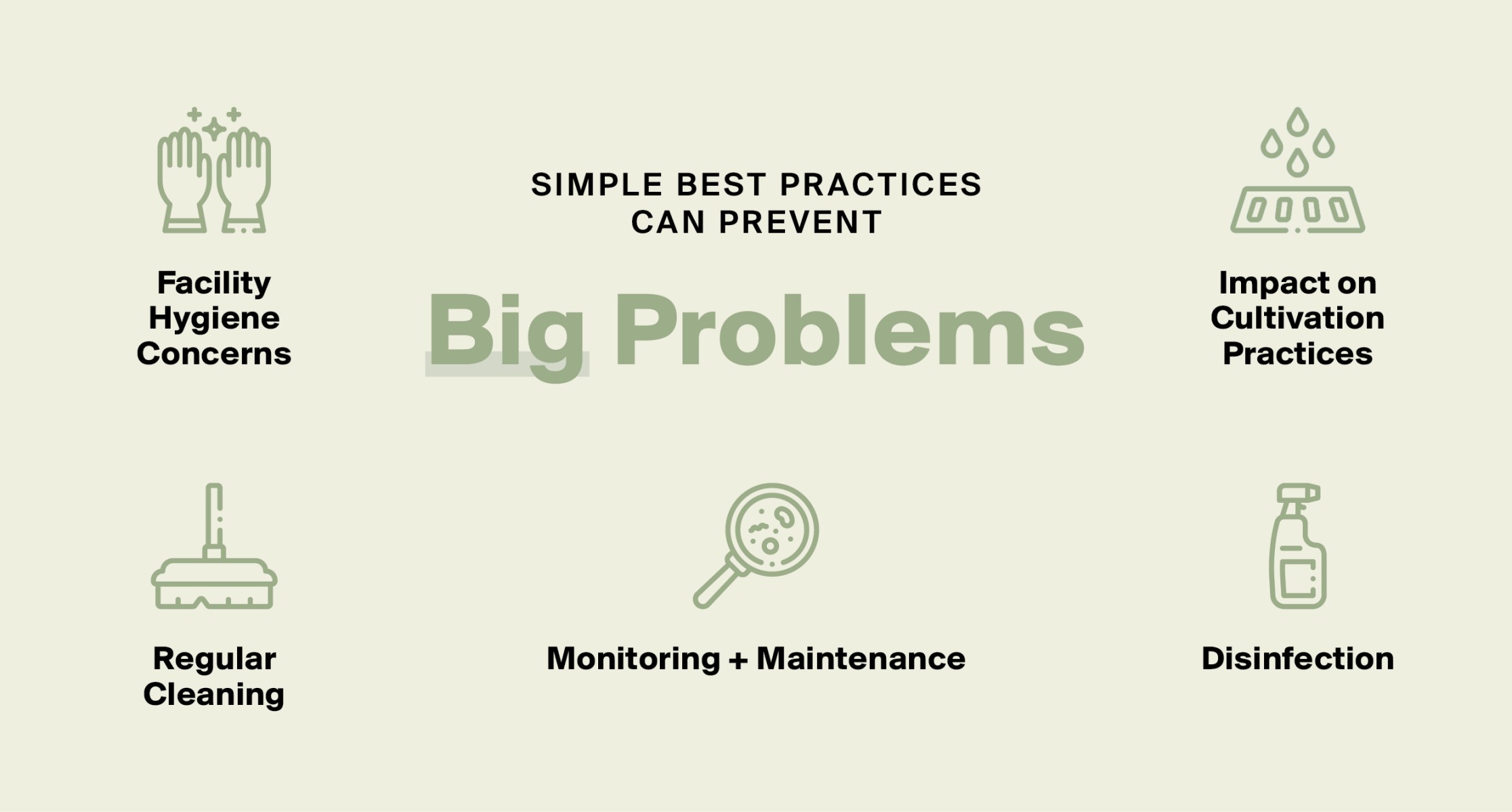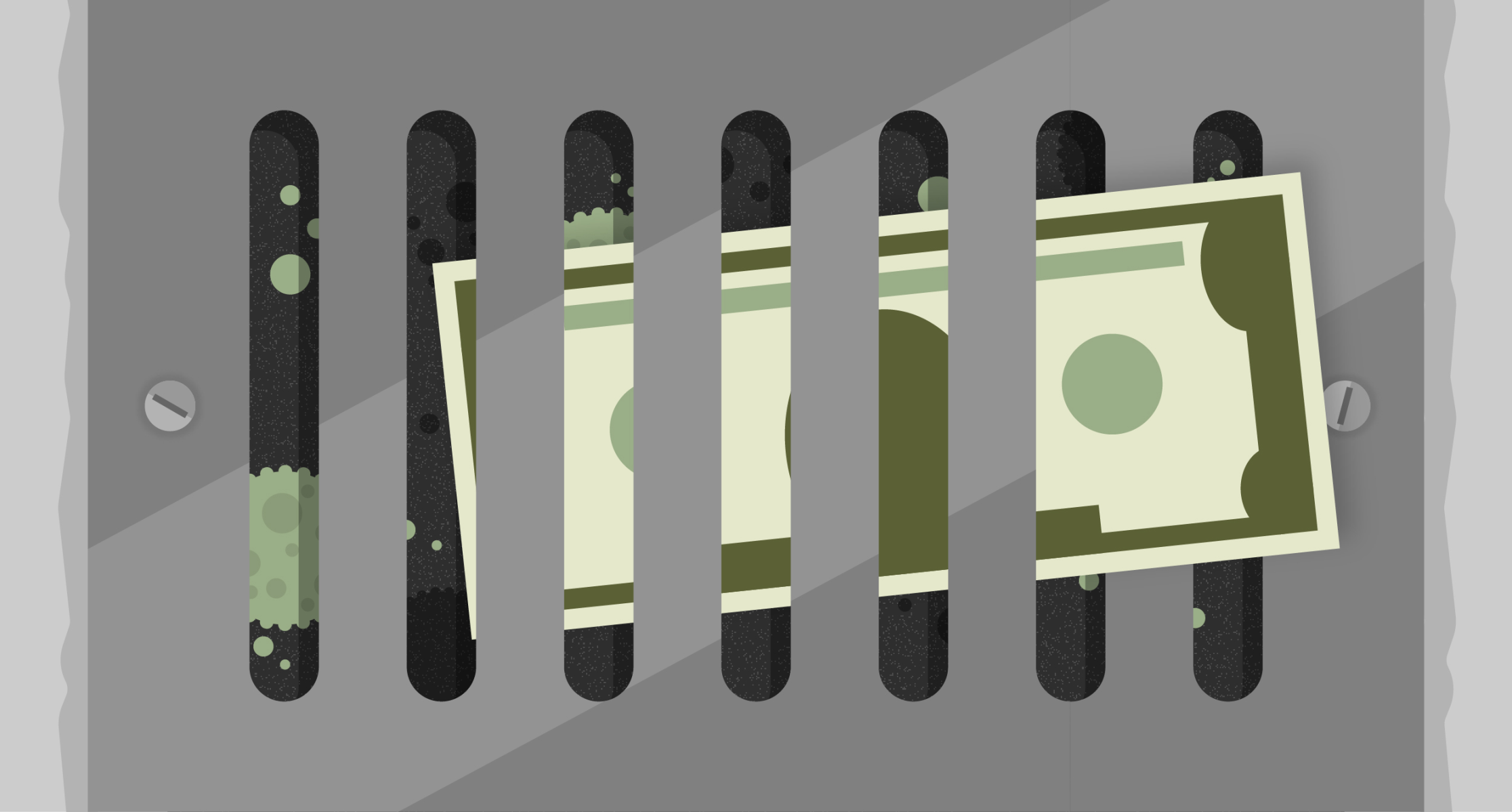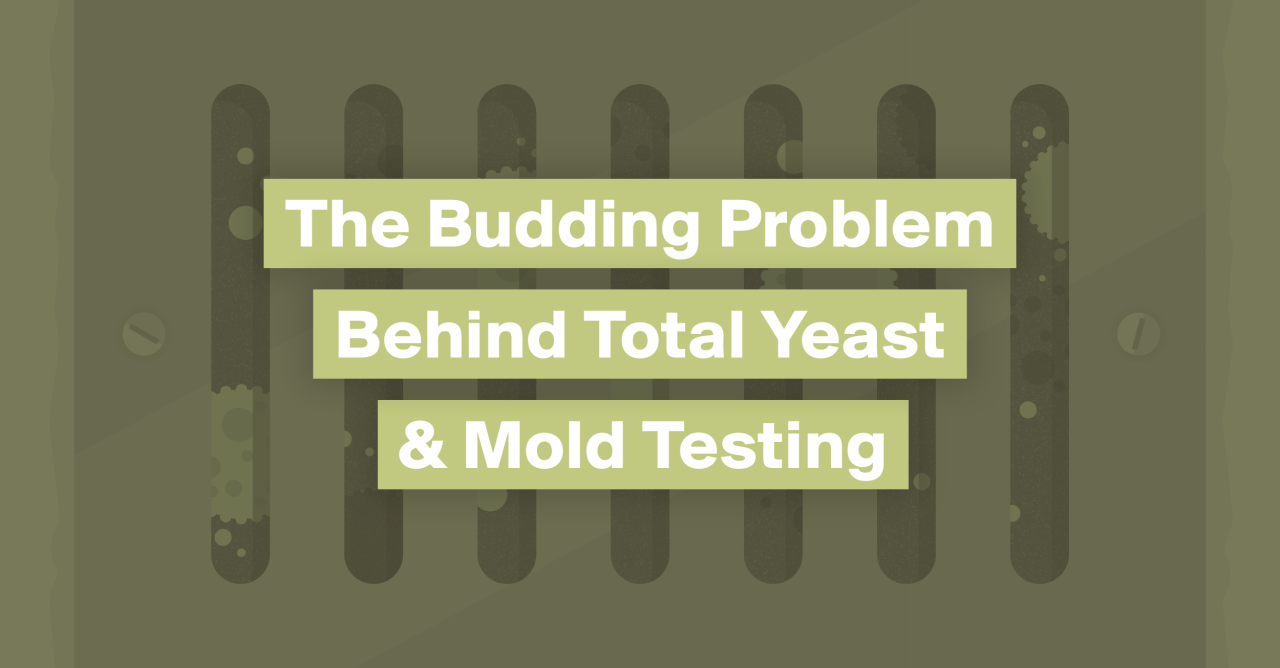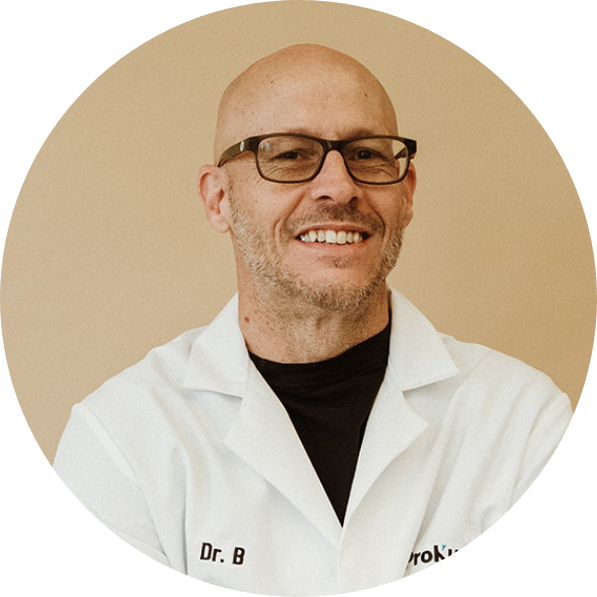I have heard many stories about random failures for TY&M (Total Yeast & Mold) testing. The most common reaction I hear is frustration: “We are doing everything we can!”
Failing TY&M tests leaves lead cultivators scratching their heads, chalking it up to bad luck, or blaming the Lab for bad results. Others take action by resorting to downstream, economic, and grow-cycle “solutions” like irradiation of the product. This creates another problem… but that’s for another blog. Here is a hint: why put effort into growing clean cannabis if a post-harvest kill step can eliminate issues with state-required microbial limits? The answers may surprise you, check back here on July 26th, when we pick this topic back up again.
Simple Best Practices Can Prevent Big Problems
To start with, mold contamination poses serious risks to plant health and product quality. Mold spores such as Botrytis, Aspergillus, and Penicillium can thrive in moist environments like open drains, potentially spreading to plants and causing diseases or reducing yields. Here are some basic IPM protocols that strict adherence to not only saves money, but also helps protect employee and plant safety. Build these habits early and often for maximum control of cultivation spaces.
- Facility Hygiene Concerns: Open drains used for rolling tables can accumulate organic debris, nutrient-rich residues, and stagnant water. These conditions create an ideal environment for mold growth, compromising the cleanliness and hygiene of the cultivation facility.
- Regular Cleaning: Implement a strict cleaning schedule for both the rolling tables and the associated drain lines. Remove plant debris, residues, and other organic matter that can support mold growth.
- Disinfection: Use appropriate disinfectants or sanitizers like ProKure V to treat the drain, lines, and tables to eliminate mold spores and prevent their proliferation.
- Monitoring and Maintenance: Regularly inspect drain lines and rolling table areas for any signs of mold growth or blockages. Utilizing swab and tape-lift samples from surfaces for analysis will help identify a Critical Control Point (CCP) that triggers when action should be taken. Promptly address any issues to maintain optimal drainage and hygiene.
- Impact on Cultivation Practices: Cultivators in states with stringent TY&M limits must integrate mold management practices into their cultivation routines from the outset. This includes facility design considerations, such as drain placement and maintenance, to minimize mold reservoirs and facilitate effective cleaning.

Don’t Let Your Investment Go Down the Drain
Drains are an easy thing to overlook when it comes to mold issues. This is especially true of drains spanning the length of the grow space. Think of rolling tables, each with a drain pipe suspended above a long, open drain.
Drains in cultivation settings contain organic residues, nutrients, and of course moisture, which are conducive to mold growth. Mold spores find their way into drains, thrive on these nutrients, and propagate with ease. To quote Mold Man, “It’s a Paradise.”
The design and movement of drain lines associated with rolling tables are critical factors considering how ubiquitous they are in the space. These lines must facilitate proper drainage without creating stagnant areas where water and nutrients can accumulate, leading to mold growth. Ensuring efficient drainage flow and avoiding blockages are essential. While these are absolutely true and need to be done, sometimes they are not enough and fungi can still take up residence within these drains.

In summary, state regulations regarding microbial limits, such as the TY&M limit, profoundly influence how cultivators manage mold growth. Controlling mold growth in drains within cultivation settings is easy to overlook but absolutely crucial for maintaining a clean and healthy environment for plants or mushrooms. By implementing proper cleaning practices, disinfection measures, and monitoring protocols, cultivators can effectively manage mold and reduce the risk of contamination or crop damage.

